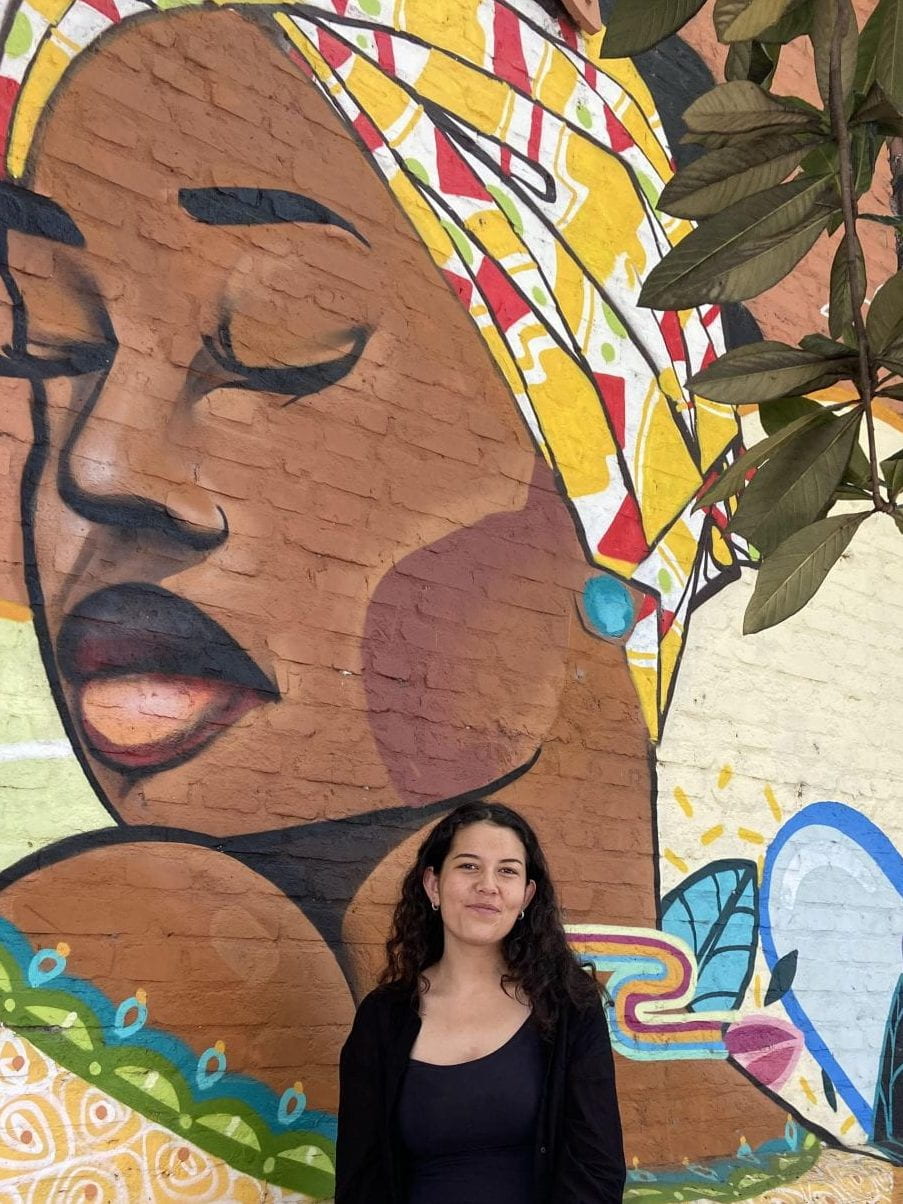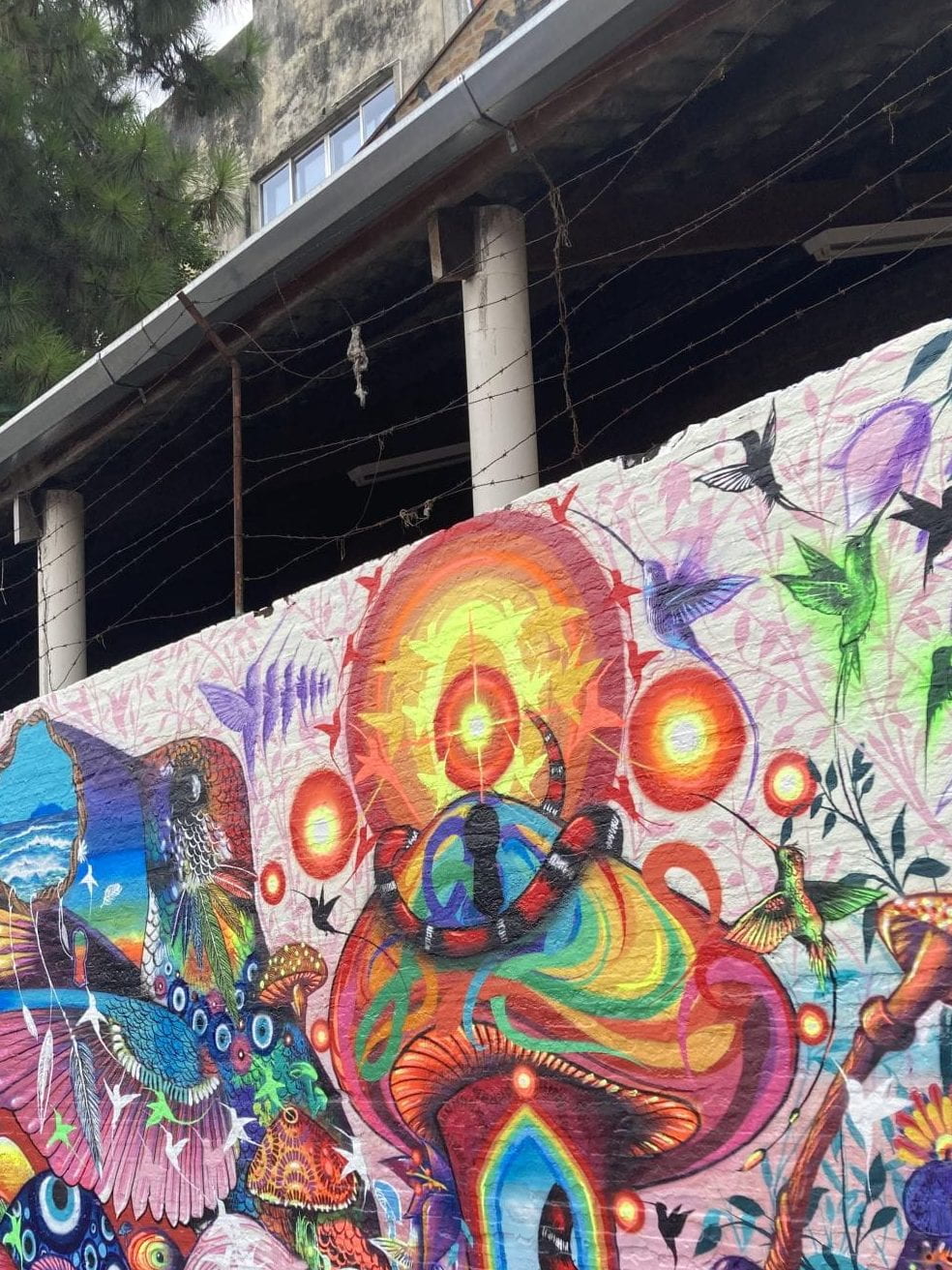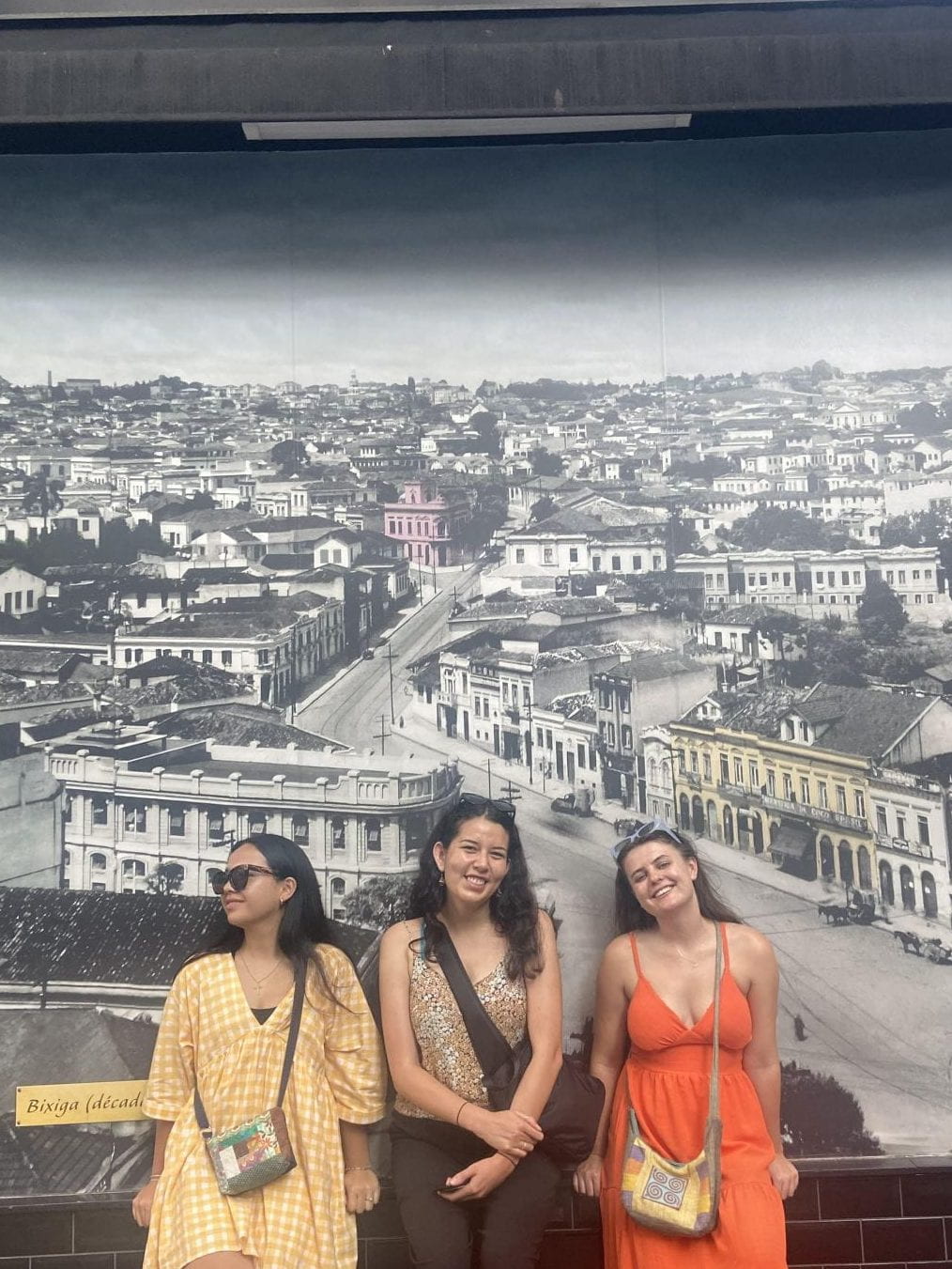
São Paulo is the farthest I have ever been from the moana, whenua and community that raised me. Every aspect of the haerenga to this city was unlike anything I’ve ever experienced. From the 24 hours of flying to seeing Jacinda Ardern on a TV in Texas to touching down to a concrete jungle that stretched beyond the horizon.
I love how art is a form of resistance here; vibrancy isn’t seen as obnoxious but embraced. Resistance can be found at every block. In the first few days, we checked out local street art at Beco do Batman, Pinheiros, and the local amateur graffiti alley. I love how each block tells a story, and anything can be a canvas for indigenous expression. There are over 200 indigenous ethnicities in Brazil, and Guarani is one of those who whakapapa to the whenua now widely referred to as São Paulo. Hearing the kōrero of lecturers, the Centre for Indigenous Workers, Talita and those we encountered at museums and galleries affirmed that Brazil, like many settler colonial states, tends to repeat old patterns of denial. Art, in response, breaks through the cracks for the words people are too scared to speak. I cannot wait to create as a call-back to the art I’ve witnessed – like call and response of resistance across our respective moana and whenua.
‘Brazil is just as beautiful as it is in denial of its history’
Centre for Indigenous Workers
In their blog, Emerson de Oliveira Souza (Guarani Nhandeva) affirms how various formal institutions perpetuate pervasive ignorance, and Brazil’s educational model allows for the active erasure of indigenous peoples and their truths. The mamae expressed by the various lecturers we’ve had so far cements this. Prior to the trip, I was acutely aware of the extent of colonial violence enacted upon this whenua, but to hear it from those affected reinforced for me why I will continue to study, work, create, and move for indigenous justice, climate justice, prison abolition and artistic liberation.

Every form of truth-telling I’ve encountered here, from Capoeira to art galleries, music, street art and everything in between, feels like a nod to the indigenous art forms of expression I practice and am familiar with– oratory/spoken word, poetry, weaving and sketch. Like distant cousins. My indigeneity doesn’t feel homesick here.
A specifically memorable encounter came while hearing the whakaaro of a Capoeira master. He said something along the lines of ‘mind cold, heart forward, fire feet‘ to describe the way in which he approaches the practice. Capoeira is an Afro-Brazilian multi-disciplinary movement practice fuelled by the desire for freedom possessed by African slaves taken from their whenua and sent to Brazilian shores from the 1500s. The practice persists today and continues to evolve. The master’s whakaaro emphasised how movement is a form of resistance, dance intertwined with precise contact and force to disguise the fight for liberation. Capoeira tells a truth that is impossible with words alone, and I have huge respect for those who practice and play it. This first week, filled with fresh flavours, new sights and sounds, also re-instilled that indigeneity, while being grounded in place, can also transcend it. We are manuhiri on this whenua, yet there are ways we can engage in indigenous discourse and creative expression which call people in, call people to action and grow connections beyond Te Moana-Nui-a Kiwa

Maravilhosa Ruby! <3